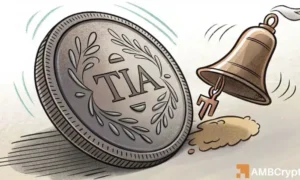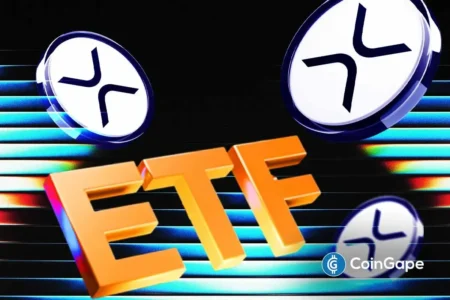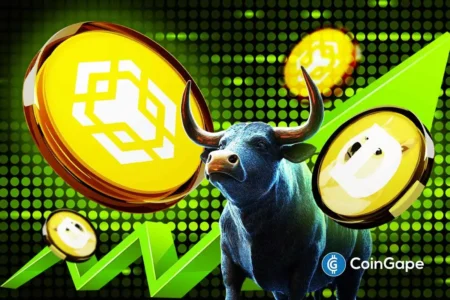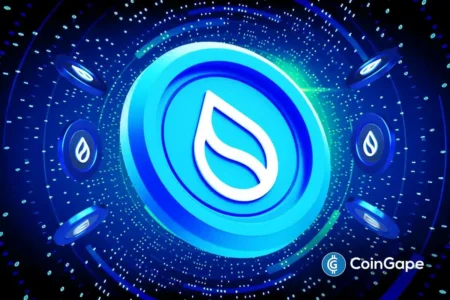The Decline of Pi Network: An In-Depth Analysis of Investor Sentiment and Market Dynamics
The price of Pi Network, a cryptocurrency that recently plummeted to $0.40, has displayed some resilience by rebounding to $0.60, with a market capitalization exceeding $4.1 billion. Despite this bounce back, mounting on-chain data suggests that investor interest in Pi Coin is rapidly diminishing. Daily trading volumes have dropped significantly, decreasing by 44% to just $158 million. Analysts warn that the increasing supply of Pi tokens on exchanges may further suppress any potential price increases, casting shadows over the network’s growth prospects.
The Underlying Issues Influencing Investor Sentiment
Edycabas, a member of the Pi Network community, highlighted a concerning trend regarding transaction activity on the Pi blockchain. It has been reported that the network is struggling, processing fewer than one transaction per second, which is concerning given the prior expectations set during its Open Mainnet phase. Although another community member, Dr. Altcoin, defended the blockchain’s operational strength—claiming a 99.5% transaction success rate—there are underlying issues causing investor disenchantment. Transparency concerns surrounding co-founders Nicolas Kokkalis and Chengdiao Fan appear to be deterring both large investors and centralized exchanges from participating, further exacerbating the negative sentiment within the community.
The Role of Co-Founder Transparency
Concerns over the co-founders’ lack of engagement with the community have intensified, particularly as Pi Network struggles to maintain momentum. Dr. Altcoin raised pertinent questions regarding their reluctance to partake in discussions or interviews, positing that the community deserves greater recognition for their contributions over the years. The co-founders’ absence in proactive communication leaves a void that, according to Dr. Altcoin, could result in a price dip below $0.30 if not addressed. Investors seek reassurance and strategic direction, which current communication deficiencies are severely undermining.
Market Forces At Play
The looming influx of unlocked Pi tokens is anticipated to complicate the landscape even further. Starting next week, an estimated 134 million Pi tokens will enter circulation each month, which can lead to increased selling pressure on centralized exchanges (CEXs). This expectation correlates with already declining trading volumes, indicating that the crypto is facing challenging times ahead. Investors who initially flocked to Pi Network may now be reconsidering their investments amid concerns about oversupply and lack of liquidity in the market.
The Outlook for Pi Coin
Increased supply dynamics, combined with waning interest from investors and the apparent lack of transparency from the Co-founders, present a troubling picture for the Pi Network. However, there are still rays of hope within the community. Dr. Altcoin previously speculated on the potential for a fair token value of $10, which, if achieved, could invigorate the market. Such an increase in token value might encourage greater interaction with decentralized applications (DApps) and broaden adoption, lending the project legitimacy and driving investor confidence.
Final Thoughts: Navigating Future Challenges
In summary, while the Pi Network has regained some price stability, serious concerns about its operational efficiency, co-founder transparency, and increasing token supply overshadow its potential for growth. The community’s calls for engagement from leadership are more pressing than ever, as enhanced communication could forge a path toward restoring investor confidence. For the Pi Network to thrive and avoid a further price drop, it must address these critical issues thoughtfully and strategically. Investors are advised to stay informed and conduct thorough market research, as the future of the Pi Coin remains uncertain amid these underlying tensions.
With careful navigation and genuine community engagement, Pi Network might still pivot toward a brighter future, but immediate actions are necessary to prevent a deeper plunge into market obscurity.
















